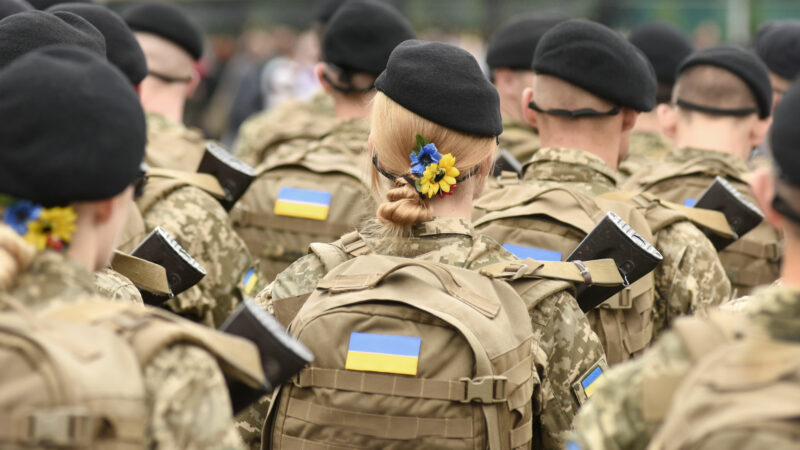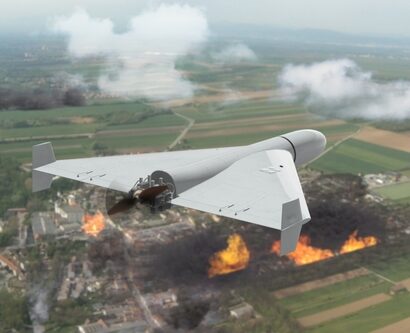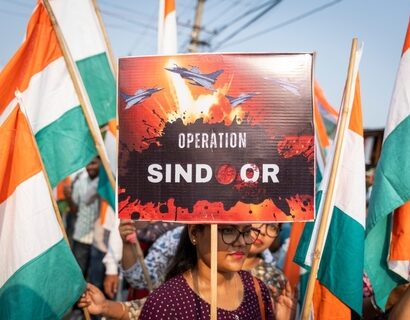Abstract: Cognitive Warfare (CW) aims “to change not only what people think, but how they think and act” and “it shapes and influences individual and group beliefs and behaviors to favor an aggressor’s tactical or strategic objectives. The cognitive domain remains the least explored space of competition that, just like any other sphere of influence, requires protection before the enemy exploits it. It is also one of the most vulnerable areas for modern nation-states and a powerful weapon in the hands of opponents if successfully used.
Bottom-line-up-front: Operations in the cognitive domain represent real threats to any country and its national will to fight. It is challenging for states to dictate that their citizens have a vertical understanding of things and events.
Problem statement: How to assess the significance and complexity of human terrain as an operational area and its effect on the national will to fight as it aims at influencing people’s behavior?
So what?: Based on the fact that we are dealing with a cognitive domain that presents a sensitive sphere accordingly, it requires collective effort such as a ‘whole of government and whole of society’ approach in order to defend the country (with greater societal involvement) and to have direct communication with them.
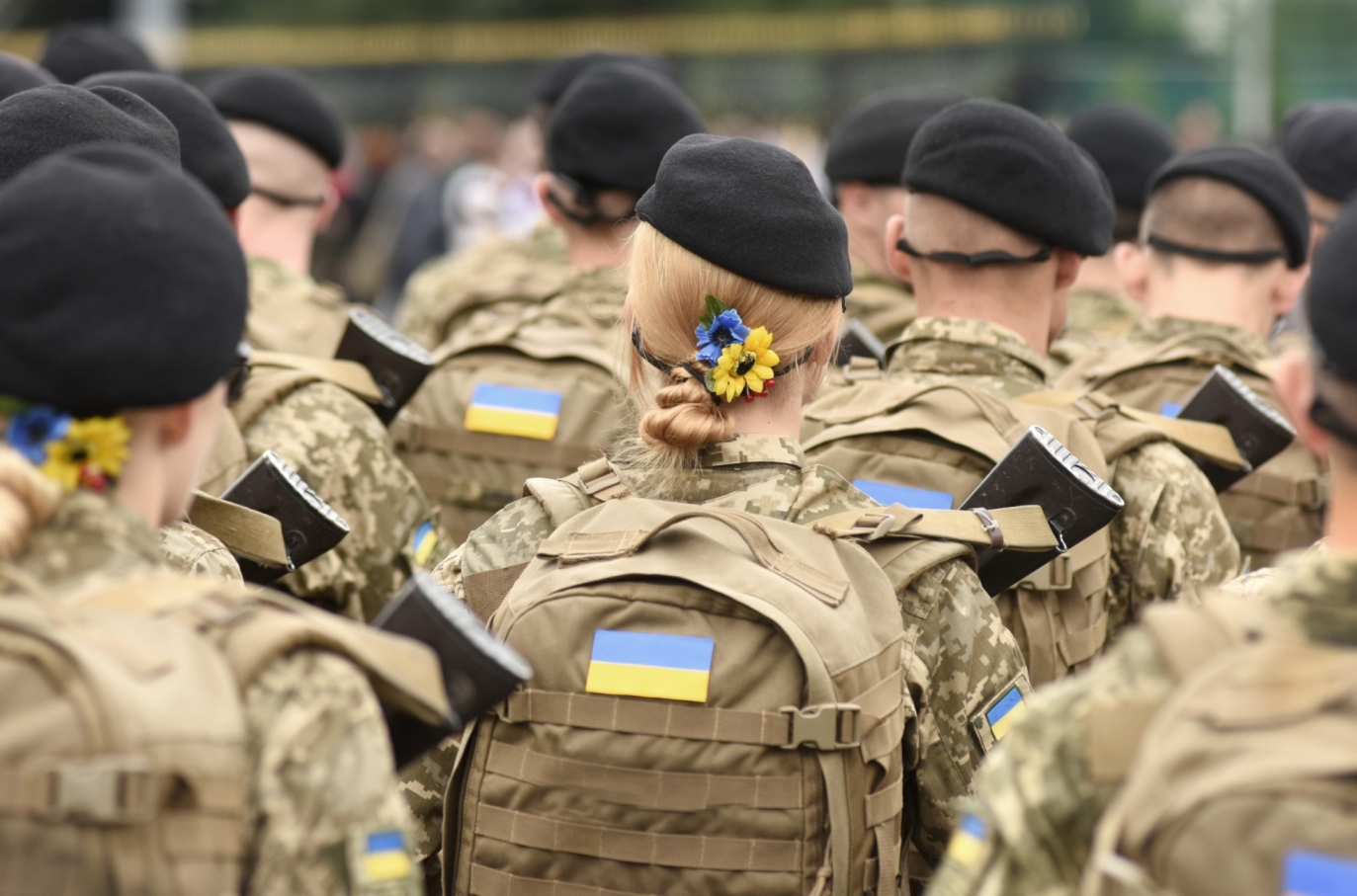
Source: shutterstock.com/Bumble Dee
“War is a human endeavor—a fundamentally human clash of wills often fought among populations. It is not a mechanical process that can be controlled precisely, or even mostly, by machines, statistics, or laws that cover operations in carefully controlled and predictable environments. Fundamentally, all war is about changing human behavior”.[1]
All-Domain Warfare
Strategically important documents, namely NATO’s Multi-Domain Operations 2020, and the United States The US Army in Multi-Domain Operations, 2028 — collectively recognize five warfighting domains (land, air, sea, space, and cyberspace) in which they are going to compete with their adversaries. In response to the West’s greater conventional superiority over its opponents, they have developed and now actively employ unconventional and asymmetric means to erode this strategic advantage. The cognitive domain still remains the least explored space of competition that, just like any other sphere of influence, requires protection before the enemy exploits it. For that reason, the cognitive realm continues to be one of the most vulnerable areas for modern nation-states and a powerful weapon in the hands of opponents if successfully used.
Gen. David L. Goldfein noticed that we are “transitioning from wars of attrition to wars of cognition”[2] and outlined the significance of gaining control over the human mind, which is considered the battlefield of the 21st Century.[3] apparently “the capacity for an adversary to contend for battlefield victory below the threshold of conventional conflict is only one aspect of asymmetry”[4]. CW is an element of fifth-generation warfare that is “a continuous global battle of narratives that will play out both virtual and physical space and encompass a range of violent and non-violent actions and effects”.
In his article on “Effect-Based Strategy: Operations in the Cognitive Domain”[5], Peter Nicholson suggested a detailed explanation and illustration of the working algorithm of CW in the context of intellectual capital, which in turn represents a useful framework for the analysis of the cognitive domain. The primary objective of EBO (Effect-Based Operations) is to change the behavior of an enemy, which is a purely cognitive outcome and reflects the US. Army’s Doctrine on war as it aims to shift human attitudes. Among four (structural, relationship, human capital, intellectual) constituting elements of Intellectual Capital – the last, intellectual component with its unique features presents the most valuable asset. It encompasses the belief systems of humans, about the nation and the world, commonly shared thoughts and ideas, culture, and traditions. The ideological pillar (support, amongst others, by the people, civil society) of states lies exactly in the heart of its populations’ intellectual arsenal, which originates a sense of citizenship and understanding of statehood.
The primary objective of Effect-Based Operations is to change the behavior of an enemy, which is a purely cognitive outcome and reflects the US. Army’s Doctrine on war as it aims to shift human attitudes.
National Will to Fight
Will to fight in general “represents the indelibly human nature of warfare”, which places a central role in the country’s national resiliency, and ability to resist and stay persistent in the complex and tense security environment. In 2018, Rand Corporation published a report for the US Army on “Disposition to Fight” which offered a holistic view of involved actors, influential factors, and levels of analysis in having/building this kind of attitude.
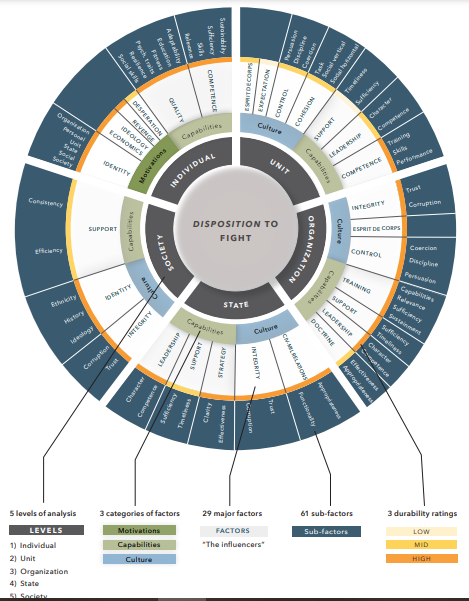
Source: Rand Corporation,[6] “Returning to Human Fundamentals of War”.
In the context of Cognitive Warfare, especially two subjects are interesting to consider: individual citizen’s perspectives and societal perceptions. Both parts shares, more or less, the same underpinnings such as identity (affiliation), ideology, history, and motivation, and all of them enjoy high durability. Despite the endurance of ideological issues in this structure, they have still prioritized targets when it comes to the conduct of CW. Simply because breaking the will of competitors (through the hybrid methods: ambiguous narratives, information operations, cyber attacks) is the last stance and putting a new code of conduct into their minds indirectly implies that the mission is almost completed. CW is capable of to a significant extent, if not totally, paralyzing and causing fragmentation of the population by carefully exploring “the content of intellectual capital of another party without their knowledge that this is taking place”. Secondly, it also has the potential to ” alter or amend another party’s intellectual capital without them being aware that this has occurred”. By bringing the chaos and predetermined solutions when there seems no way out from the deadlock, simulations participate in shaping the perceptions of the citizens – undoubtedly is an example of art.
Cognitive Warfare is capable of to a significant extent, if not totally, paralyzing and causing fragmentation of the population by carefully exploring “the content of intellectual capital of another party without their knowledge that this is taking place”.
Demotivate, Discourage, Destabilize
Operations in the cognitive domain represent real threats to any country and its national will to fight. Firstly, because of the sensitivity and complexity of humans’ cognitive sphere and mental conditions, or the way they define the national values and willingness to defend those. It is challenging for states to dictate that their citizens have a vertical understanding of things and events. Secondly, the misunderstanding regarding the blurred line between war and peace, which is actually gray and CW, contributes to its maintenance. Thirdly, it might demotivate, discourage the population from combating the enemy, and assure one country’s target (to turn) audience to stand up against its legitimate government and cause destabilization that favors its strategic goals. However, the most crucial aspect is that society at this moment thinks that it acts rightfully and correctly. Fourthly, as mentioned, CW goes underground, silent, and in case of missing the fortune moment to expose it might seriously impact the citizens’ readiness to defend their homeland.
It is challenging for states to dictate that their citizens have a vertical understanding of things and events.
Nino Tsikhelashvili, Research Interests: Irregular Warfare (especially Unconventional Warfare), Civil Defense, War Study, International Relations; earlier publications: ”Private Military Companies: Western and Russian Approaches”; “The Role of Estonian Defense League in the realization of its Total Defense Strategy”, “Interdependency and Significance of Force Instrument and Resources in Strengthening Georgia’s self-defense Capabilities”, academic fields- International Relations, War Study, History of Warfare. The views contained in this article are the authors alone.
[1] Department of the Army, ADP 3-0 Operations, Washington, 2017: Army Doctrine Publication.
[2] General David. L. Goldfein, “How is the air Force Adopting to Great Power Competition?,” War on the Rocks, 2019.
[3] London, Johns Hopkins University & Imperial College, “Countering cognitive warfare: awareness and resilience,” NATO Review 2021.
[4] Emily Bienvenue, The Cove Army, September 20, 2018, https://cove.army.gov.au/article/cognitive-warfare.
[5] Peter Nicholson, “Effects-Based Strategy: Operations in the Cognitive Domain,” Security Challenges (2006), 133-146.
[6] Rand Corporation, Returning To Human Fundamentals of War, Report for the Army (2018), 10.


